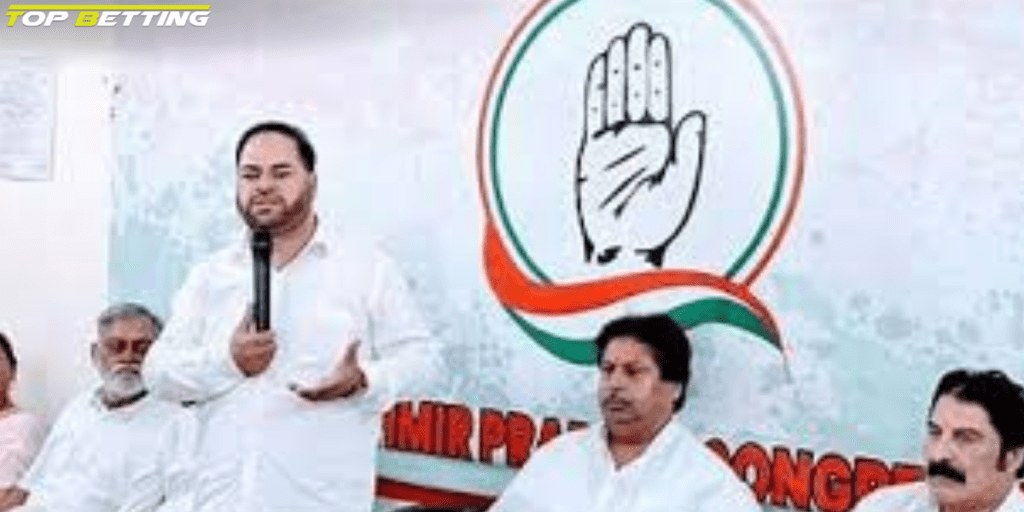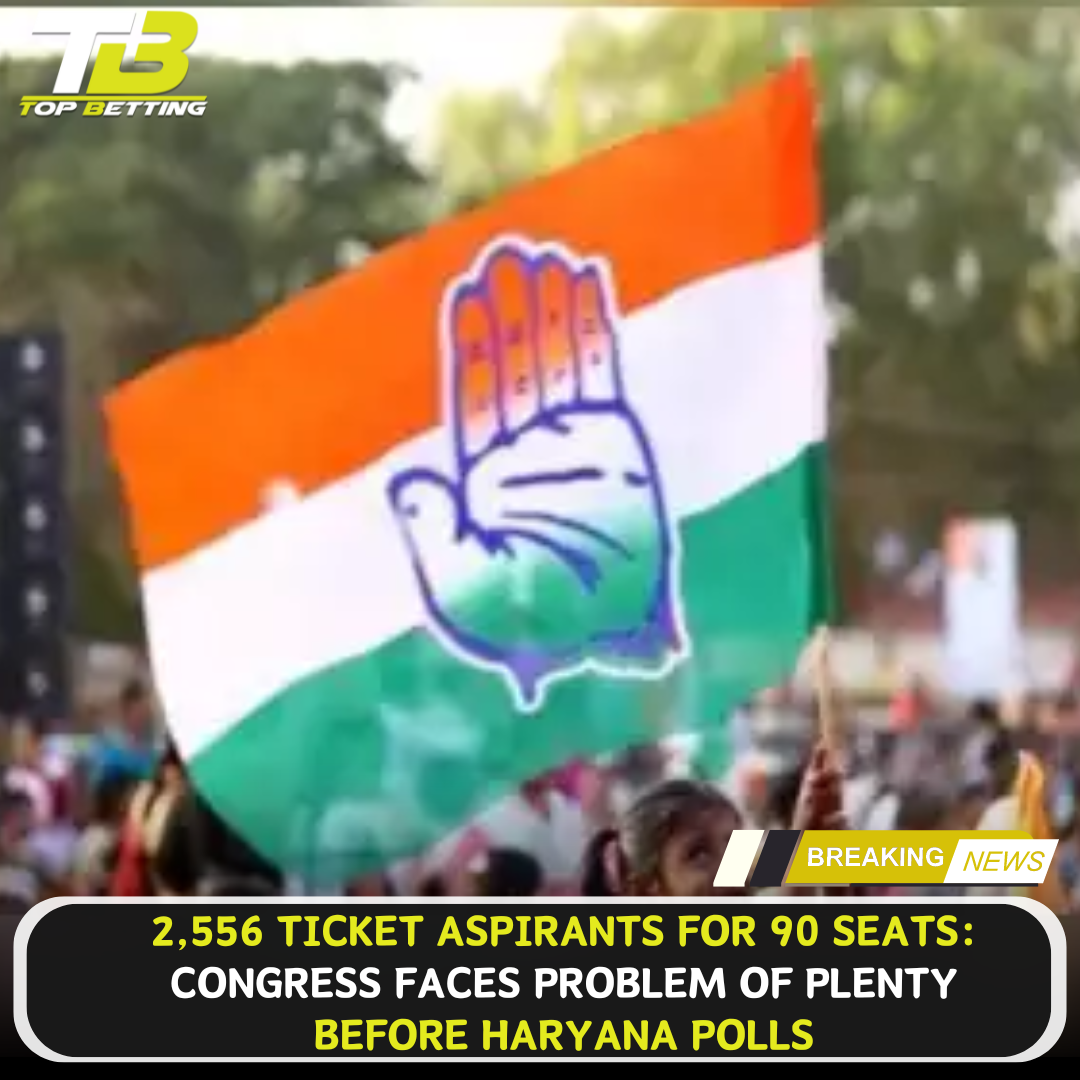
Congress faces problem of plenty before Haryana
The Congress party in Haryana is facing a unique and complex challenge as it prepares for the upcoming Assembly elections. With an overwhelming 2,556 aspirants seeking tickets to contest just 90 seats, the party is grappling with what can be described as a “problem of plenty.” This scenario, while indicative of the party’s broad appeal and the aspirations of a large number of political hopefuls, also presents a significant dilemma for the Congress leadership. The task of selecting candidates who can best represent the party’s interests, maintain internal unity, and appeal to the electorate is daunting.
The Context: A Surge in Aspirants
The sheer number of aspirants is a clear sign of the Congress’s resurgence in Haryana, a state where the party has been out of power for nearly a decade. The high demand for tickets reflects a renewed confidence among party workers and leaders that the Congress has a real shot at returning to power in the state. This optimism is fueled by a combination of factors, including anti-incumbency against the ruling Bharatiya Janata Party (BJP), internal divisions within the BJP, and a perceived weakening of other political rivals, such as the Indian National Lok Dal (INLD) and the Jannayak Janta Party (JJP).
However, this optimism is a double-edged sword. While it energizes the party’s base and brings in a wave of new and old faces eager to contest, it also sets the stage for potential conflicts, discontent, and factionalism. The challenge for the Congress leadership, both at the state and central levels, is to manage this influx of aspirants in a way that maximizes the party’s electoral prospects without alienating key segments of its support base.
The Dilemma of Selection
Selecting candidates for the 90 Assembly seats is no easy task. The Congress has to strike a balance between rewarding loyalty, recognizing the contributions of long-serving party workers, and bringing in new faces who can energize the electorate. The party’s ticket distribution process will need to consider multiple factors, including caste dynamics, regional representation, the candidate’s popularity and electability, and their ability to mobilize voters.
One of the primary concerns is the risk of internal strife. With so many aspirants, it is inevitable that a large number of hopefuls will be disappointed. The potential fallout from this could be significant, as disgruntled party workers and leaders might either rebel against the official candidates or switch allegiance to rival parties. In a closely contested election, even small pockets of rebellion can make a difference in the final outcome.
The Congress leadership, therefore, faces a delicate task. They need to ensure that the ticket distribution process is seen as fair and transparent to minimize discontent. This might involve a combination of strategies, such as internal surveys, consultations with local leaders, and even last-minute negotiations to placate those who are not selected.
Balancing Loyalty and Fresh Energy
One of the key challenges in this scenario is balancing loyalty with the need for fresh energy. The Congress has a deep pool of experienced leaders and workers who have been with the party through thick and thin, especially during its years in the opposition. These loyalists expect to be rewarded for their perseverance and contributions. However, the party also needs to inject new energy into its ranks, particularly as it seeks to appeal to younger voters and counter the BJP’s narrative of being a party of change.
The leadership might opt for a strategy that mixes seasoned politicians with newer faces. This could involve giving tickets to some of the party’s stalwarts who have a strong voter base, while also accommodating younger leaders and fresh entrants who can bring in new ideas and approaches. The key will be to do this in a way that does not alienate either group.
Regional and Caste Considerations
Haryana’s political landscape is deeply influenced by regional and caste dynamics. The state is divided into various regions, each with its own unique political characteristics. For instance, the Ahirwal region in the south, the Jat-dominated areas in the west and central parts of the state, and the non-Jat regions in the east all have distinct electoral patterns. The Congress will need to carefully consider these regional dynamics when distributing tickets.
The Road Ahead: A Test of Leadership

The situation in Haryana presents a significant test for the Congress leadership. How they navigate this “problem of plenty” will have a major impact on the party’s prospects in the upcoming elections. A successful candidate selection process that balances the various competing interests within the party could position the Congress as a strong contender for power in Haryana. Conversely, a mishandled process could lead to internal strife, rebellion, and a weakened campaign.
Ultimately, the Congress’s ability to manage its large pool of aspirants and present a united front to the electorate will be a key factor in determining its success in the Haryana Assembly elections. The leadership’s decisions in the coming weeks will not only shape the party’s electoral fortunes in Haryana but also signal its broader strategy and readiness to take on the BJP in other states and at the national level.











